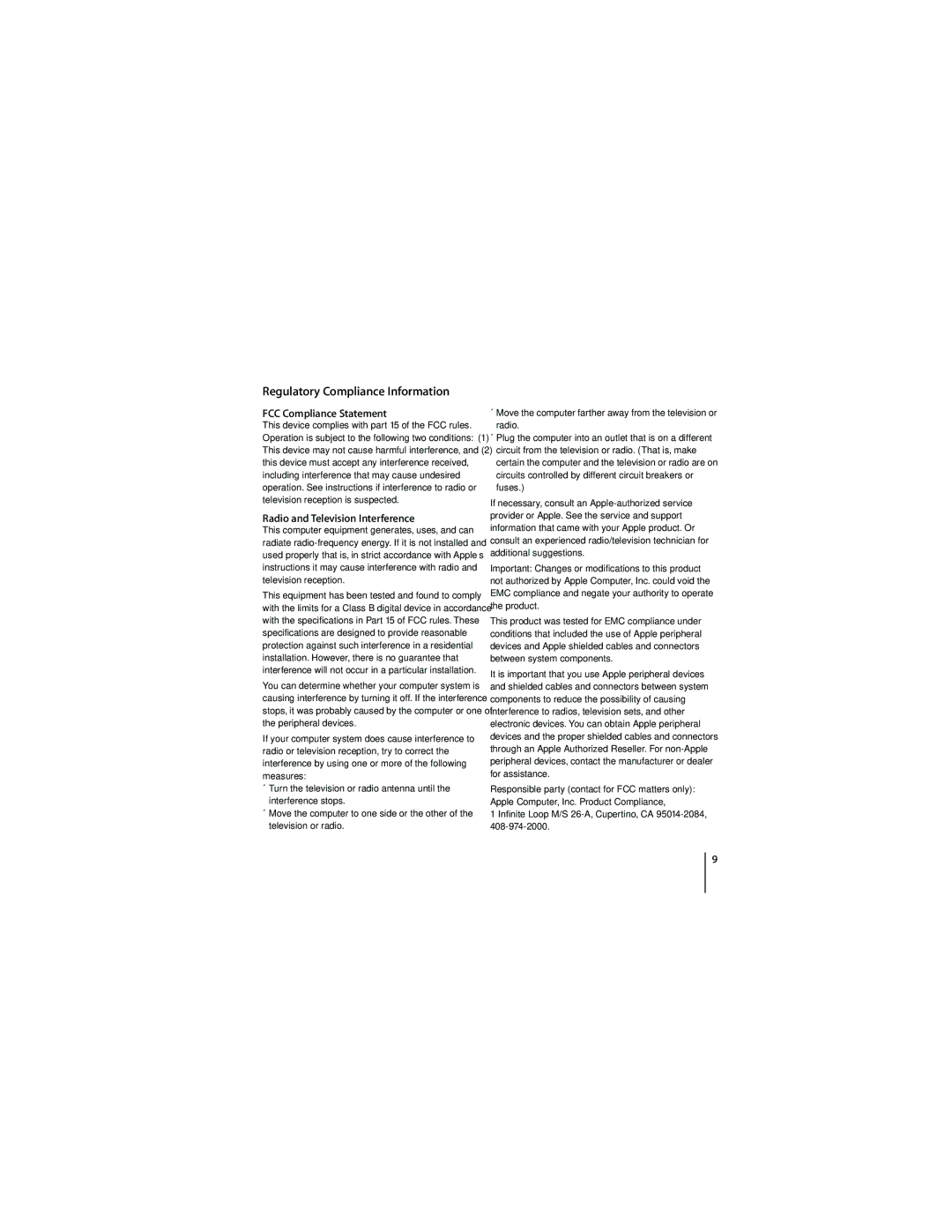IPOD HI-FI specifications
The Apple iPod Hi-Fi was a compact and elegant speaker system designed specifically for the iPod and iTunes users, introduced by Apple in early 2006. This sleek, all-in-one audio solution aimed to enhance the listening experience for music enthusiasts, boasting design aesthetics that were inline with Apple’s signature minimalism.One of the defining features of the iPod Hi-Fi was its stereo sound system, comprising two mid-range drivers and a powered subwoofer, delivering rich and clear audio across a wide frequency range. The device offered a peak power output of 50 watts, allowing users to fill a room with sound without sacrificing audio clarity. The design included an integrated iPod dock, making it effortless for users to connect their devices, charge them, and play music directly.
The iPod Hi-Fi supported a variety of audio sources beyond just the iPod. With its auxiliary input, users could connect other audio devices, including CD players and laptops, further expanding its versatility as a speaker system. The Hi-Fi also featured a built-in remote control, providing users the convenience to adjust volume, play, pause, and skip tracks without needing to be directly next to the speaker.
In terms of build quality, the iPod Hi-Fi was constructed with a sturdy enclosure that helped minimize vibrations, thereby ensuring high sound fidelity. The system’s design also included an acoustic design that allowed for deep bass performance, providing a fuller sound experience whether listening to classical music, rock, or popular hits.
Another noteworthy characteristic was its portability. Weighing around 14 pounds, it was relatively easy to move from room to room, and the power supply allowed it to be used on a standard wall outlet. This made the Hi-Fi ideal for home use as well as outdoor gatherings.
Despite its innovative features and appealing design, the iPod Hi-Fi faced tough competition in the market and was discontinued in 2007. However, it remains a significant part of Apple's audio legacy, showcasing the company’s commitment to producing high-quality multimedia experiences. The iPod Hi-Fi exemplified how technology could combine form and function, setting the standard for future portable audio systems.
